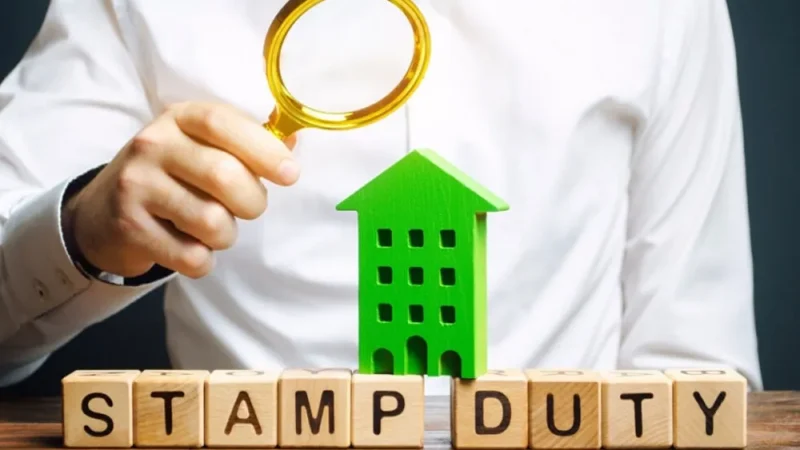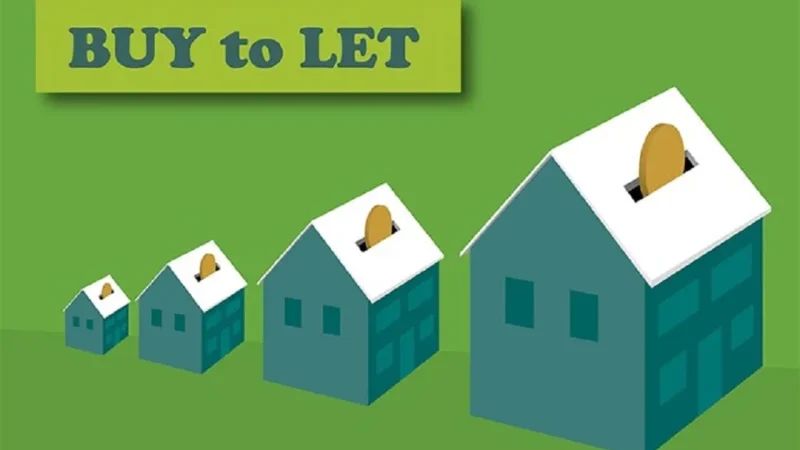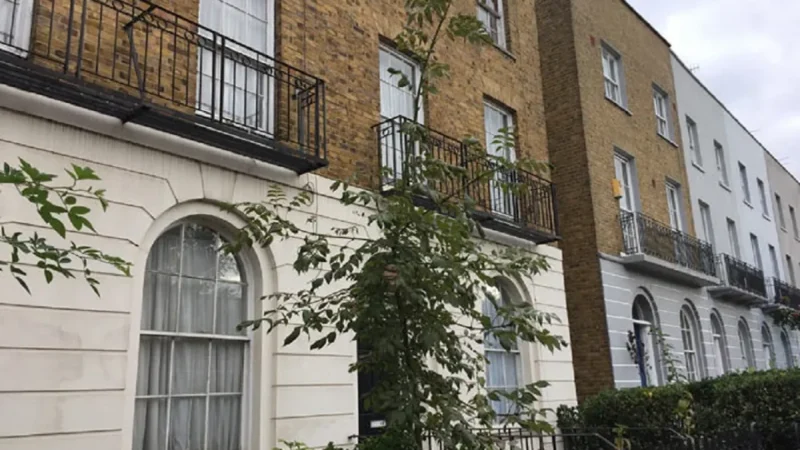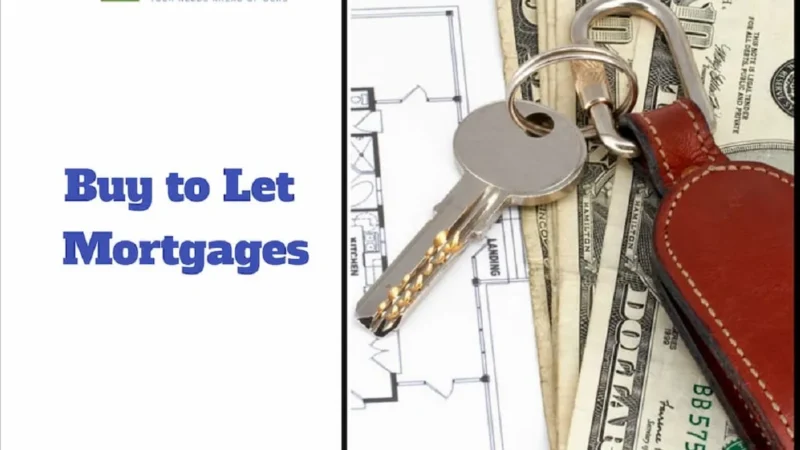How Much Deposit For a Buy To Let Mortgage?

Table of Contents
ToggleBuy to let mortgage what deposit do i need ?
If you’re considering purchasing a rental property in the UK, one of the most significant financial considerations is likely to be the deposit required for a buy-to-let mortgage. Buy-to-let mortgages are a type of mortgage specifically designed for people who want to purchase a property to rent out rather than to live in themselves. In this article, we’ll explore a buy-to-let mortgage, how they work, and what deposit you’ll need to secure one.
What is a Buy-to-Let Mortgage?
A buy-to-let mortgage is a type of mortgage that is specifically designed for people who want to purchase a property to rent it out. Unlike a residential mortgage, which is taken out to buy a property that the borrower will live in, a buy-to-let mortgage is taken out to buy a property that will be rented out to tenants.
How Do Buy-to-Let Mortgages Work?
Buy-to-let mortgages work similarly to residential mortgages. The borrower will need to put down a deposit on the property, and then the lender will provide the remaining amount as a loan. The borrower must then make monthly mortgage payments to repay the loan over an agreed term.
The amount that the borrower can borrow will depend on several factors, including the value of the property, the borrower’s credit history, and the expected rental income from the property. In general, lenders will require the expected rental income to be at least 125% of the mortgage payments.
What Deposit Do You Need for a Buy-to-Let Mortgage?
The deposit required for a buy-to-let mortgage will depend on several factors, including the property’s value, the lender’s requirements, and the borrower’s financial circumstances. In general, lenders will require a larger deposit for buy-to-let mortgages than they would for residential mortgages.
In the UK, most lenders will require a deposit of at least 25% of the property’s value for a buy-to-let mortgage. This means that if you were purchasing a property for £200,000, you would need to deposit at least £50,000. However, some lenders may require a larger deposit, especially if you are a first-time buyer or have a limited credit history.
It’s important to note that the larger the deposit you can put down, the lower your mortgage payments will be, as you will be borrowing less money. Additionally, a larger deposit may make it easier to secure a mortgage, as it shows lenders that you have a vested interest in the property and are less likely to default on the loan.
Other Costs to Consider
In addition to the deposit, there are other costs associated with purchasing a buy-to-let property that you should consider. These costs may include:
- Stamp Duty: If purchasing a property worth more than £125,000, you must pay Stamp Duty Land Tax (SDLT). The SDLT you’ll need will depend on the property’s value.
- Legal Fees: You’ll need to pay legal fees to a solicitor or conveyancer to handle the legal aspects of the purchase.
- Valuation Fees: Your lender may require a valuation of the property, which you’ll need to pay for.
- Mortgage Fees: Your lender may charge arrangement fees, booking fees, or other fees associated with the mortgage.
- Property Management Fees: If you plan to use a property management company to manage your rental property, you’ll need to pay their fees.
In conclusion, the deposit required for a buy-to-let mortgage in the UK will generally be at least 25% of the property’s value. However, the exact deposit required will depend on some factors, including the lender’s requirements, the deal of the property, and the borrower’s financial circumstances. It’s important to consider other costs associated with purchasing a buy-to-let property, such as legal, valuation, and property management fees.
Suppose you’re considering purchasing a buy-to-let property. In that case, speaking to a financial advisor or mortgage broker is important to understand the costs and find the best deal for your financial circumstances. They can help you navigate the process of securing a buy-to-let mortgage and ensure that you make a wise investment that fits your overall financial plan.
It’s also important to consider the risks associated with investing in property, such as changes in interest rates, fluctuations in the property market, and potential difficulties finding tenants. However, with careful planning and research, a buy-to-let property can provide a steady source of income and long-term capital growth.
While the deposit required for a buy-to-let mortgage may seem daunting, it is an important investment providing a steady income stream and long-term financial security. By understanding the costs involved and seeking expert advice, you can make a wise investment in your future.






